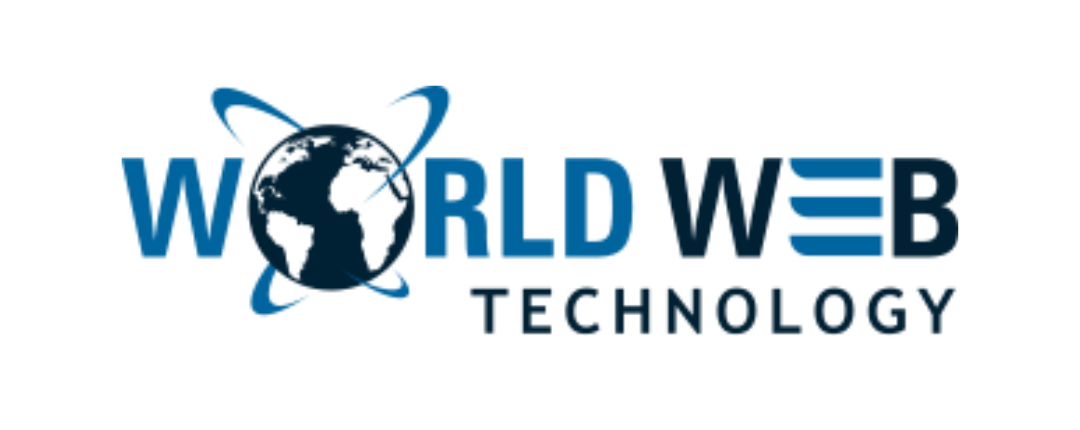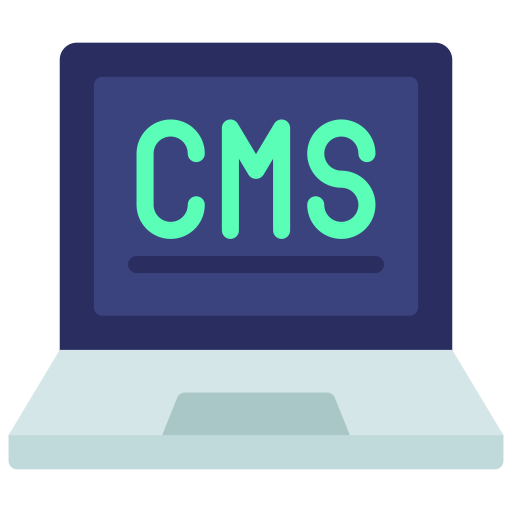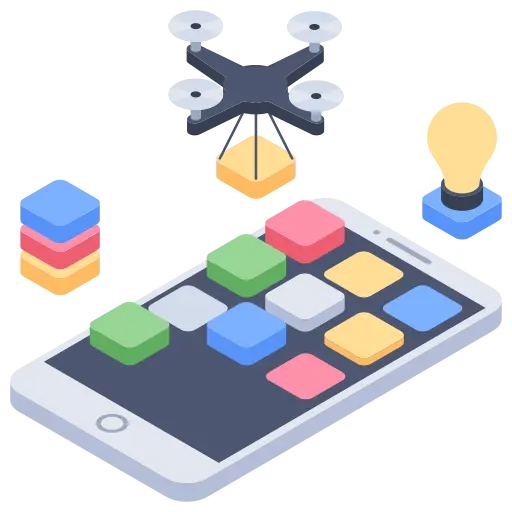Agile software development is widely adopted and recognized amongst businesses in 2025 for its benefits. This software development approach is a dynamic, customer-centric approach that emphasizes an iterative yet collaborative development process. In contrast to traditional waterfall methods, Agile prioritizes adaptability, implementing changes in requirements.
The Agile software development process promotes incremental releases of functional software. Cross-functional teams work collaboratively in short, engrossed iterations to deliver tangible value to stakeholders. Customer involvement is integral throughout the process. It fosters regular feedback loops and ensures the final product aligns closely with user needs. Additionally, it provides structured frameworks to implement these principles. Agile’s core values include communication, commitment, and flexibility as it delivers high-quality software efficiency.
How Does Agile Software Development Work?
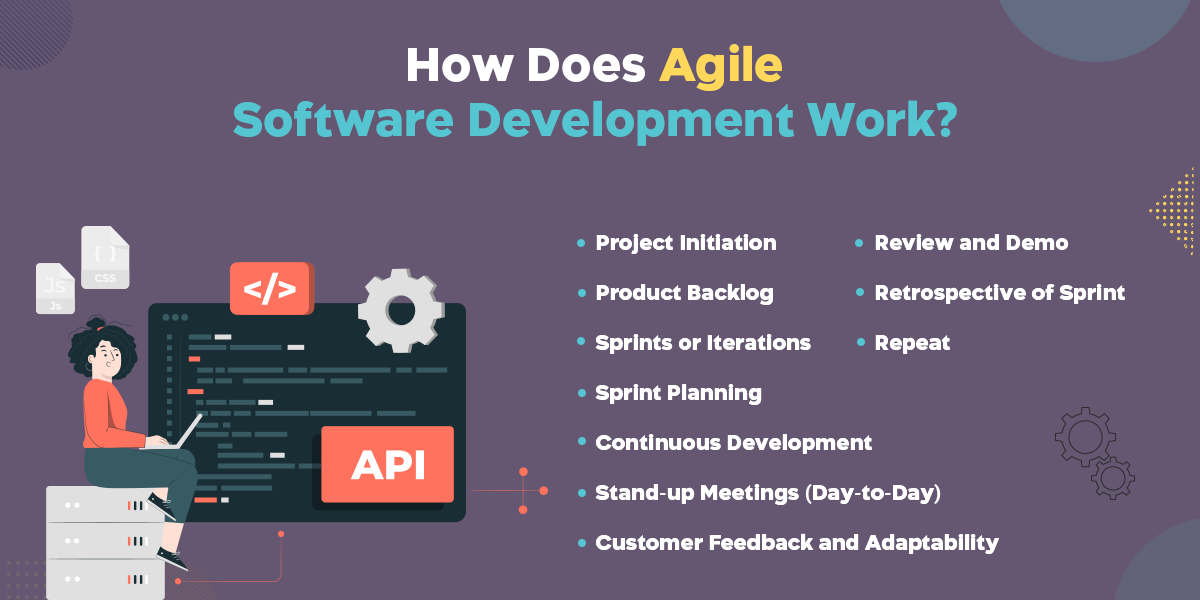
Agile software development methodology caters efficiently through evolving project dynamics. The Agile methodologies include Scrum, Extreme Programming (XP), and Kanban. Here’s an overview of how Agile typically operates:
- Project Initiation: Define the objectives, project scope, and initial requirements. Establish a cross-functional Agile team with diverse skills.
- Product Backlog: Software developers create a prioritized list of tasks and features known as the product backlog. It evolves as requirements change and new information emerges.
- Sprints or Iterations: Break the project into fixed-length iterations or sprints (usually 1-4 weeks). Every single sprint provides a potentially shippable product increase.
- Sprint Planning: The Agile team picks high-priority articles from the available product backlog at the beginning of each sprint. It commits to completing them within the sprint.
- Stand-up Meetings (Day-to-Day): The team may conduct daily stand-up meetings to discuss progress, challenges, and plans. These brief meetings promote communication and ensure everyone is on the same page.
- Continuous Development: Develop and test the selected features within the sprint. Continuous integration and testing practices ensure that the code remains functional throughout development.
- Review and Demo: On completing every sprint, the team performs a sprint review and demo to display the completed work to business stakeholders. Gather feedback for further improvements.
- Retrospective of Sprint: Hold a retrospective meeting to imitate the sprint. Adjust processes depending upon the identification of improvement possibilities. It fosters a culture of continuous improvement.
- Customer Feedback and Adaptability: Engage customers and stakeholders throughout the process to gather feedback. Embrace changes to customer requirements and priorities. Allow flexible responses that evolve customer preferences.
- Repeat: Developers can repeat the process with the next set of prioritized features. It adapts the plan based on feedback and changing requirements until project completion.
Top 10 Benefits of Agile Software Development for Business!
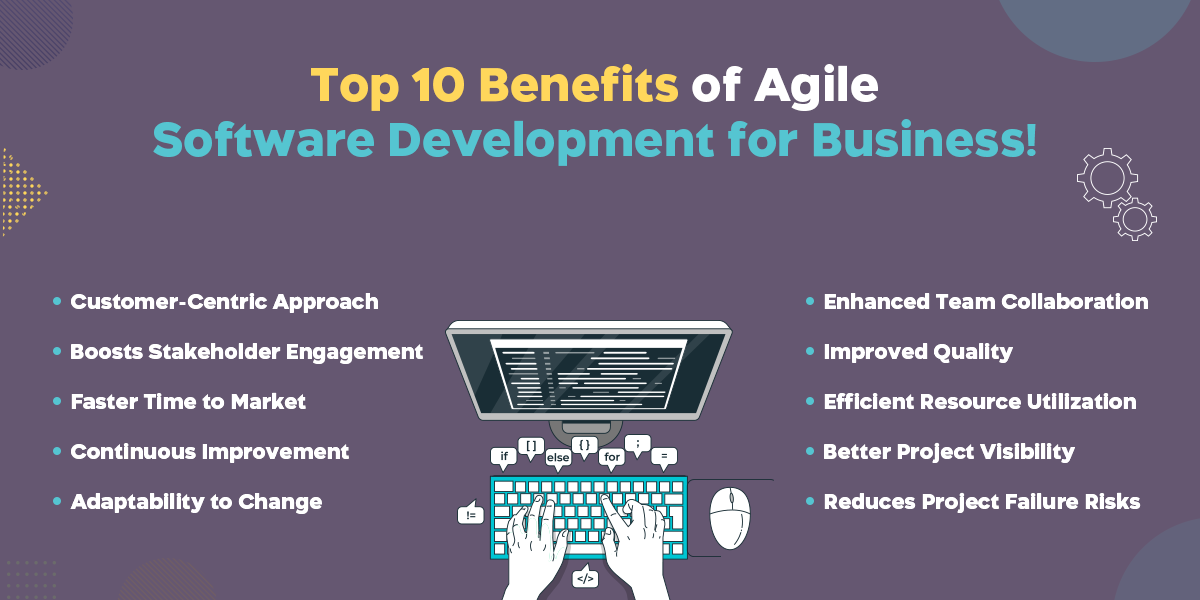
Agile software development life-cycle in 2025 is trend-focused; here are some of its potential benefits for businesses:
- Customer-Centric Approach: Agile strongly emphasizes customer collaboration and feedback, which helps ensure close product alignment with customer needs and expectations during delivery.
- Boosts Stakeholder Engagement: Agile involves stakeholders throughout the software development process, leading to a transparent project environment. It fosters in-depth collaboration with communication between stakeholders, development teams, and end-users.
- Faster Time to Market: Due to iterative development and frequent releases, a Software Development Company using Agile delivers functional, incremental products. Agile has quicker time-to-market than traditional waterfall approaches.
- Continuous Improvement: The Agile framework provides a continuously improved culture with regular retrospectives and feedback. Its loops allow teams to identify communication, productivity, and process enhancement areas.
- Adaptability to Change: Agile methodologies are flexible and adaptive to changing requirements. It is ideal for rapidly evolving industries and customer preferences.
- Enhanced Team Collaboration: The Agile software development methodology allows team members and cross-functional teams to collaborate and communicate closely. It breaks down silos, fostering a sense of shared responsibility.
- Improved Quality: The Agile software development process aims to address defects quickly with continuous testing and integration. The approach produces a high-quality end product, reducing bugs and issues during the final release.
- Efficient Resource Utilization: Agile software development companies efficiently allocate resources. They focus on delivering the highest-priority features first, leading to improved resource utilization and streamlined development.
- Better Project Visibility: Agile tools like burn-down charts provide transparency into project progress and demonstrations of working software. It enables stakeholders to track project status and make informed decisions.
- Reduces Project Failure Risks: Agile allows issue detection and correction earlier than other frameworks. It reduces the chances of significant project failures, contributing to risk mitigation.
Comparing Methodologies: Agile v/s. Waterfall!
Agile and Waterfall are two distinct software development methodologies, each with its characteristics. Here’s a brief comparison between Agile and Waterfall:
| Features | Agile | Waterfall |
| Development Approach | Iterative and incremental; allows flexible and adaptive development | Sequential and linear have distinct phases like requirements, design, execution, testing, and maintenance |
| Flexibility | Allows changes in requirements even at the final stages of the software development process | Change is difficult upon phase completion; modifications typically lead to revisiting earlier phases. |
| Customer Involvement | Encourages continuous customer involvement and feedback during the development process | Customer involvement primarily occurs at the beginning and end of the project. |
| Delivery Time | Focuses on delivering functional increments of the product in short, regular intervals | Delivers the entire product at the end of the project timeline |
| Risk Management | Mitigates risks through frequent reassessment and adaptation | Addresses risks in the early planning stages; changes may introduce challenges |
| Testing | Integrated continuous testing throughout the development process | Testing is a separate phase that occurs after development |
| Project Visibility | Provides continuous visibility into project progress through regular demos and reviews | Limited visibility until the end of the project |
| Team Structure | Cross-functional, self-organizing teams that collaborate closely | Team roles are often more specialized; work in isolation during specific phases |
| Documentation | Prioritizes working software over comprehensive documentation | Emphasizes detailed documentation at each phase |
| Adaptability | Embraces change and adapts quickly to evolving requirements | Change is typically costly and may disrupt the planned timeline |
Do You Require an Agile Team to Work on Your Next Software Project?
Choosing an Agile team for your next software project is beneficial if you wish to prioritize rapid delivery with collaboration and adaptability. Agile teams, often cross-functional and self-organizing, excel in iterative development and respond effectively to changing requirements. They substitute frequent communication with stakeholders, ensuring the final product aligns closely with the consumer’s needs.
An Agile software development company always promotes transparency, continuous improvement, and a customer-centric mindset. However, the decision depends on project specifics; some projects may align better with a traditional approach. Whether or not you should hire an Agile team ultimately depends on your project assessment. This assessment should include your project’s size, complexity, and flexibility needs.
Conclusion!
Agile software development offers dynamic, customer-focused solutions to project management. This approach emphasizes collaboration, adaptability, and iterative progress. Agile software development methodology such as Kanban or Scrum allows teams to respond promptly to changing requirements. Agile proves itself to have a distinguished approach from other conventional methodologies. It offers regular feedback loops, continuous improvement through retrospectives, and a commitment to delivering incremental value.
The customer’s involvement ensures that the end product aligns closely with expectations. While Agile is not a one-size-fits-all solution, its principles and frameworks provide a robust foundation for modern software development. It offers efficient, transparent, and customer-centric processes that enhance project success and product quality.
Most Popular Categories
Discover top categories on our blog, featuring WordPress, PHP, eCommerce, and Shopify insights and tutorials.
Featured Insights
Immerse yourself in our passion for sharing the latest industry news, cutting-edge technologies, and insightful articles. Explore the depths of knowledge with us.

November 5, 2025
10 Proven Strategies to Increase Customer Lifetime Value with WordPress
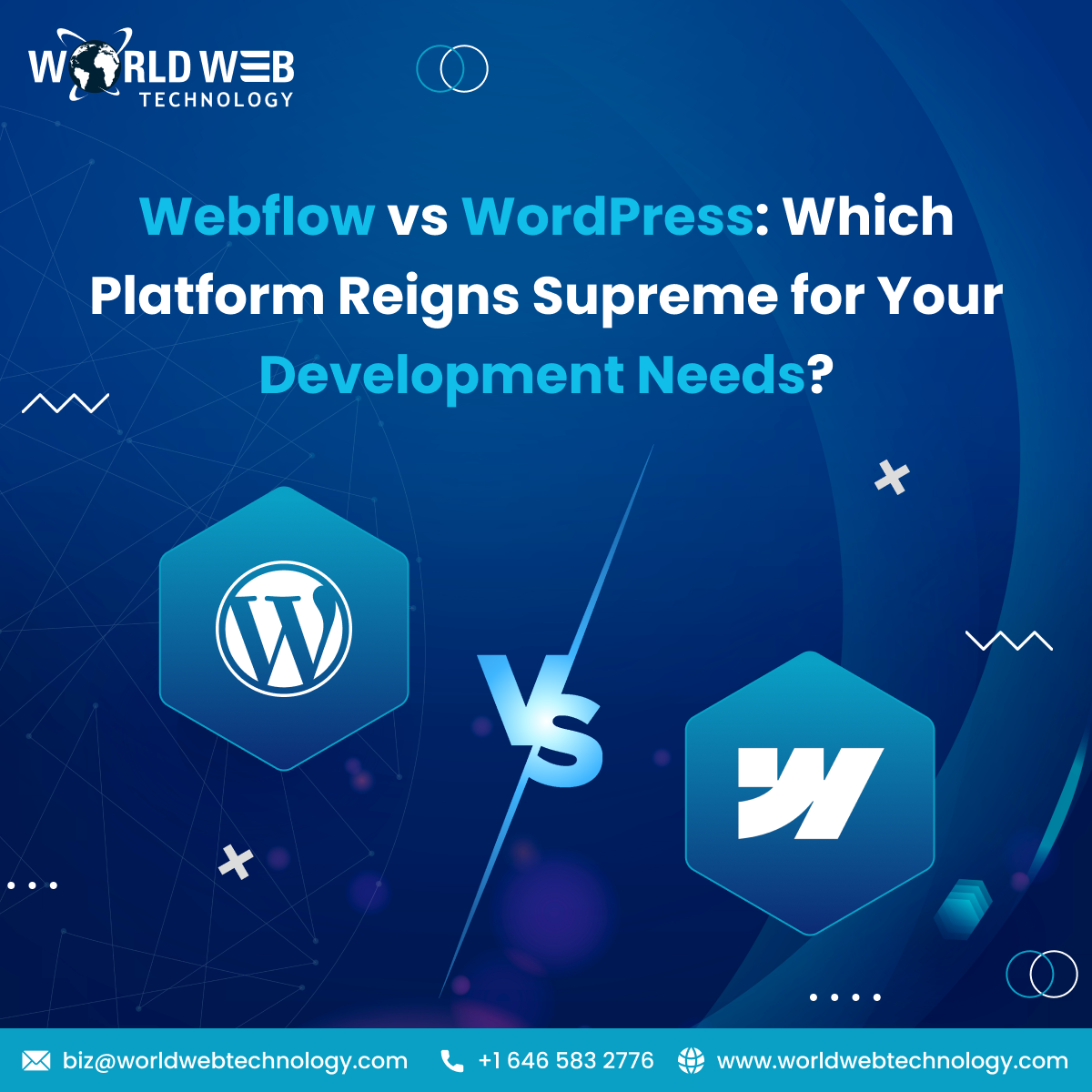
August 19, 2025




